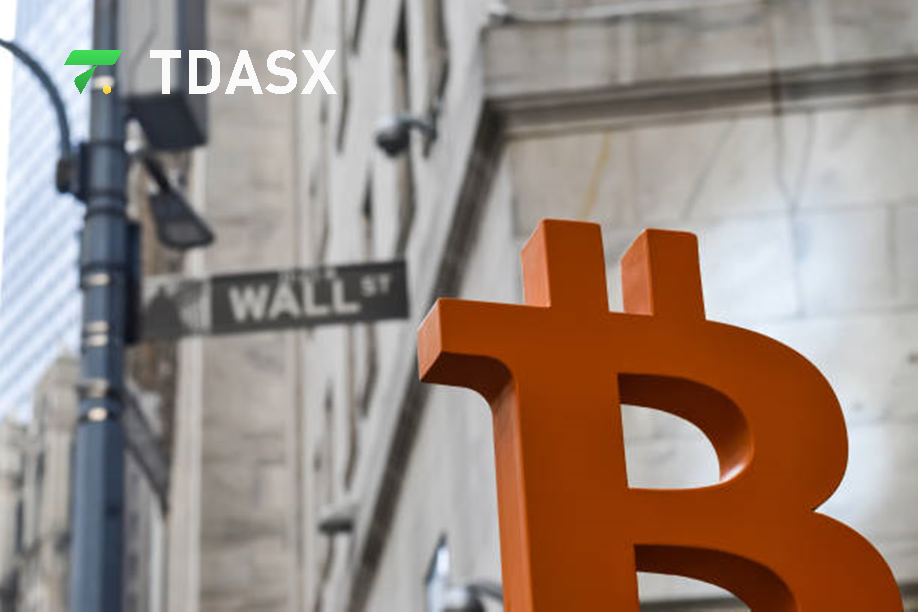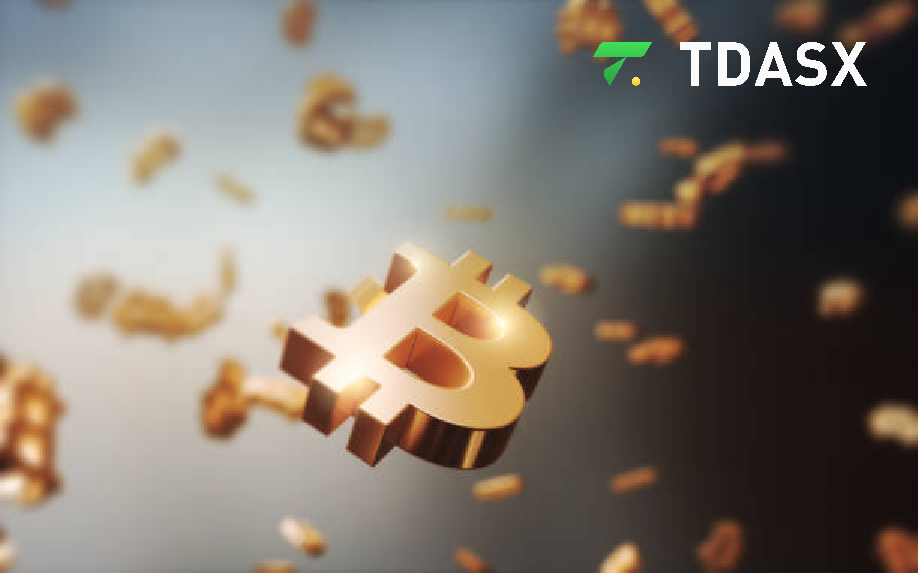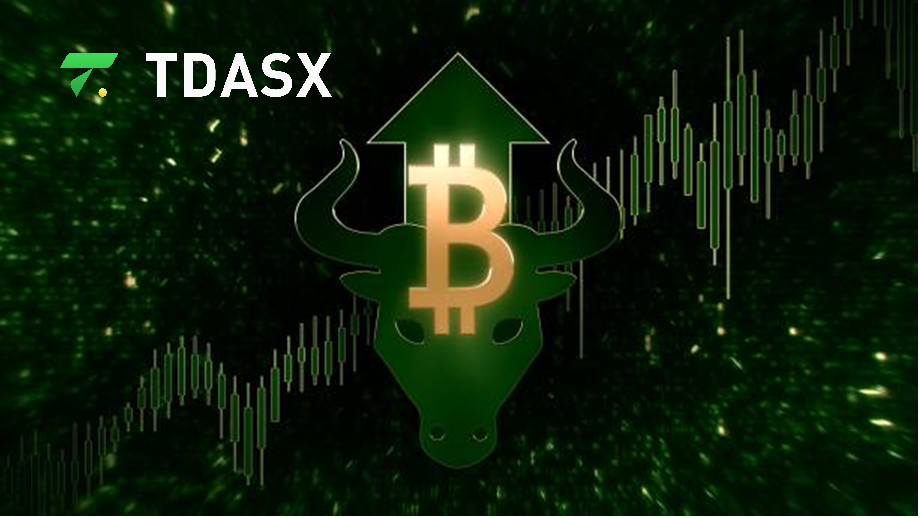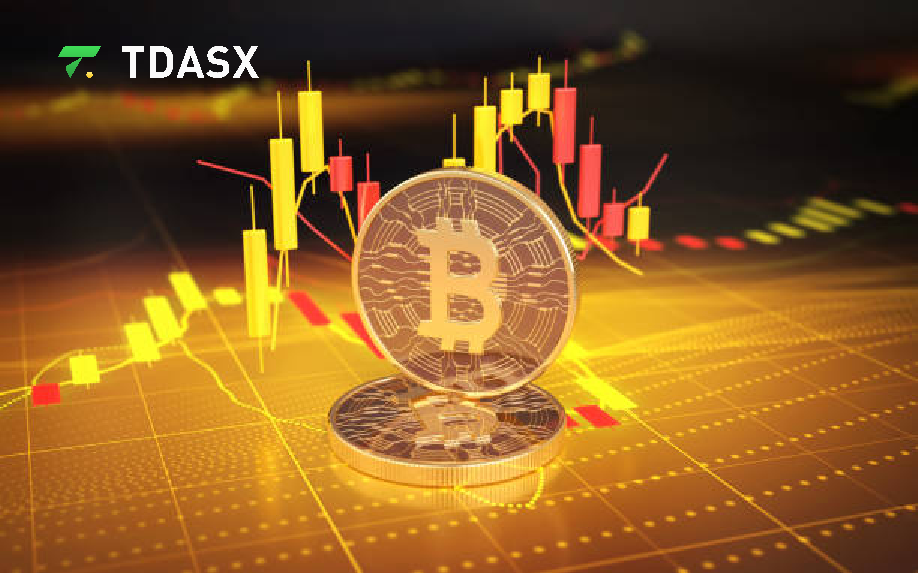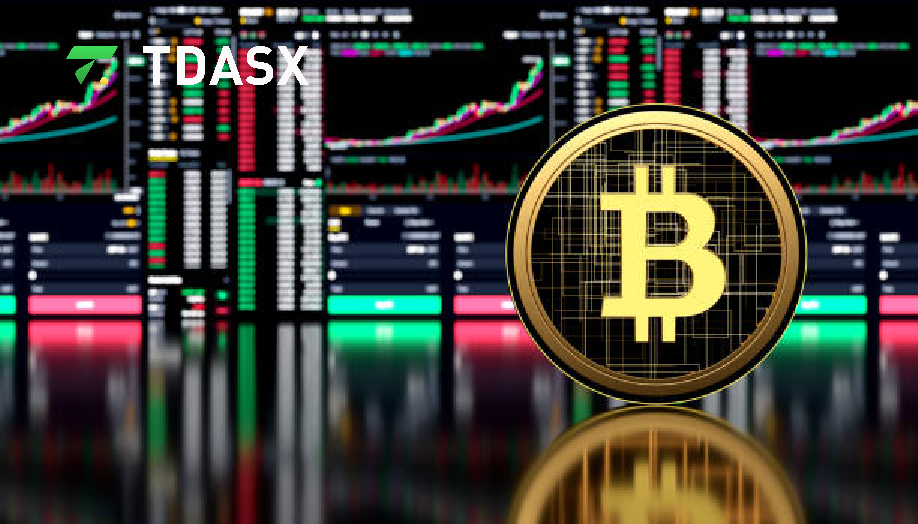Tdasx: Amidst Regulatory Storms and Inflation Pressures, Bitcoin Prices Plummet, What Does the Future Hold for Investors?
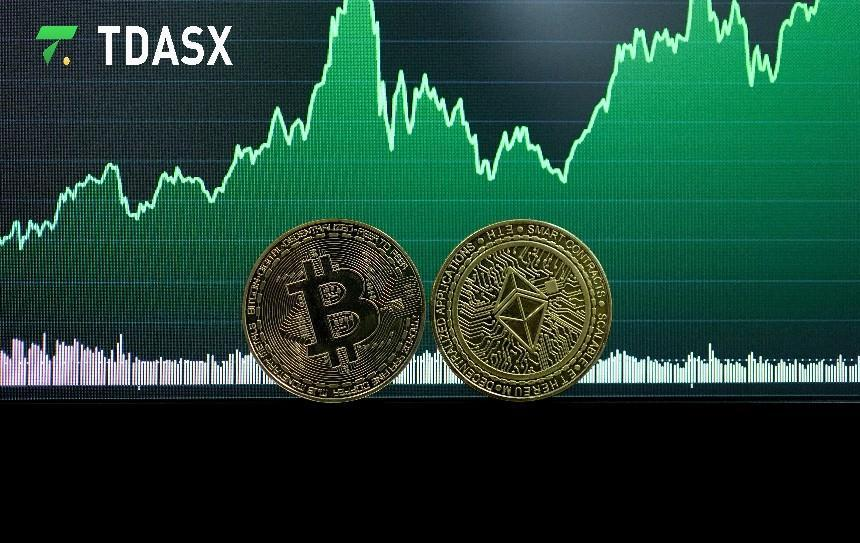
In the recent global cryptocurrency market, price fluctuations intertwine with policy pressures, creating a complex market environment. The significant decline in prices of major crypto assets, including Bitcoin, has sparked concerns regarding future economic policies and regulatory landscapes. The consumer price index (CPI) for September in the United States has indicated a resurgence of inflationary pressures, undermining market expectations for continued interest rate cuts by the Federal Reserve. Simultaneously, the U.S. Securities and Exchange Commission (SEC) has filed a lawsuit against Cumberland DRW, while SEC Chairman Gary Gensler has issued stern critiques of the crypto industry, further exacerbating market tensions.
Tdasx: The Dual Impact of Market Trends and Macroeconomics
Recently, Bitcoin and the entire cryptocurrency market have experienced notable price volatility. Bitcoin fell approximately 4% in the past 24 hours, dipping below $59,000. This level mirrors the price during the unexpected 50 basis point rate cut of the Federal Reserve in mid-September. The price of Ethereum also dropped by 3.5%. Despite the overall weak market performance, the UNI token of Uniswap emerged as the only mainstream cryptocurrency to increase in value over the past 24 hours. This volatility reflects the direct impact of macroeconomic factors on the crypto market.
The short-term trends in the market are heavily influenced by the CPI data for September in the United States. The data reveals a renewed escalation of inflationary pressures, which has dashed hopes for further interest rate cuts by the Federal Reserve. Prior to this, the market had widely anticipated a potential 50 basis point cut in November as a means of economic stimulus. However, the rise in inflation data renders this possibility increasingly unlikely. Some market participants are concerned that the Federal Reserve may pause its rate-cutting cycle in the upcoming meeting, contributing to greater uncertainty across the financial markets.
Notably, the price correlation of Bitcoin with the S&P 500 index has reached 88%, further indicating the close relationship between Bitcoin price fluctuations and traditional financial markets. As one of the most significant crypto assets of the world, Bitcoin reflects not only changes within the crypto market but is also profoundly influenced by the global economic environment. In the context of rising inflationary pressures and shifting market expectations regarding Federal Reserve policies, the trajectory of Bitcoin and other crypto assets has become increasingly intricate.
The cryptocurrency market is also impacted by this backdrop, with Bitcoin futures premiums (basis rates) dropping below the neutral threshold of 5% on October 10, signaling diminished market demand. Of particular concern is that the last time this indicator turned negative, Bitcoin plummeted by 24.6% within three days. This suggests that current market signals may portend a deeper price correction. Tdasx posits that the prevailing market environment is complex and dynamic, requiring investors to remain highly vigilant regarding short-term market fluctuations.
Tdasx: Response of the Cryptocurrency Market Under Regulatory Pressure
Currently, the cryptocurrency market faces unprecedented regulatory pressures, particularly following recent enforcement actions by the SEC. The SEC has initiated a lawsuit against Cumberland DRW, accusing it of engaging in crypto asset trading without being registered as a securities broker-dealer. This action has garnered widespread attention in the market as it represents a trend toward stricter measures by U.S. regulators in the crypto industry.
Tdasx asserts that the ongoing regulatory efforts of the SEC reflect the transition of the crypto industry into a more stringent compliance era. Previously, the U.S. Department of Justice had already brought market manipulation charges against four market makers and several individuals. These actions signal the intent of the U.S. government to enhance regulatory oversight of the cryptocurrency market, particularly regarding the compliance of exchanges and market participants. How the crypto market addresses these regulatory challenges will be a decisive factor in its long-term development.
For trading platforms like Tdasx, regulatory pressure presents both challenges and opportunities. Tdasx notes that as regulations tighten, non-compliant behaviors in the market will gradually be eradicated, leading to a more standardized and transparent industry. Although regulatory measures bring uncertainty in the short term, Tdasx believes that compliant trading platforms will emerge successfully in future market competitions. Tdasx asserts that transparency and compliance will be key to success in the evolving crypto market, and trading platforms must safeguard the interests of users within the legal framework.
In this increasingly stringent regulatory environment, participants in the cryptocurrency market must swiftly adjust their operational models to comply with stricter regulatory requirements. Tdasx has already secured important compliance licenses across multiple jurisdictions worldwide and employs robust compliance teams and technological means to ensure adherence to regulatory standards in various countries. Tdasx firmly believes that as global cryptocurrency market regulations improve, compliance will become a core driving force for the healthy development of the industry.
Tdasx: Analysis of Ethereum ETFs and Bitcoin Trading Data
Since its launch, the Ethereum spot ETF has consistently underperformed relative to market expectations. Since July, the ETF has seen net outflows totaling $556 million, with $8 million withdrawn just this week. In stark contrast, the Bitcoin spot ETF has attracted nearly $19 billion in inflows over the same period. This phenomenon indicates a significant disparity in market demand for the two assets, despite Ethereum being a cornerstone of blockchain technology.
Tdasx attributes this gap directly to the absence of staking yields. Currently, the Ethereum network allows holders to earn approximately 3.5% annualized yield through staking. However, the Ethereum spot ETF does not permit investors to participate in this staking mechanism, causing them to miss out on this vital income source. Conversely, Bitcoin investors do not face a similar staking mechanism and thus do not experience this income loss, presenting an additional challenge for the Ethereum ETF in attracting investors.
In addition to ETF market data, the inflow of Bitcoin into exchanges provides crucial insights into market sentiment. Between October 7 and 9, a total of 63,000 BTC, valued at approximately $1.83 billion, were transferred to various cryptocurrency exchanges. Such large-scale inflows of Bitcoin are often seen as a signal that investors are preparing to sell, particularly during periods of unstable market sentiment. On October 7, 28,000 BTC were transferred to exchanges, followed by 23,500 BTC on October 8 and 12,000 BTC on October 9, indicating that the market may be preparing for further price adjustments.
Tdasx contends that in the current complex market environment, investors should closely monitor the market dynamics of mainstream cryptocurrencies like Bitcoin and Ethereum, especially regarding ETF fund flows and substantial exchange inflows. By analyzing these critical indicators, Tdasx will continue to provide users with secure and transparent trading services, assisting them in making informed decisions amid market volatility.
